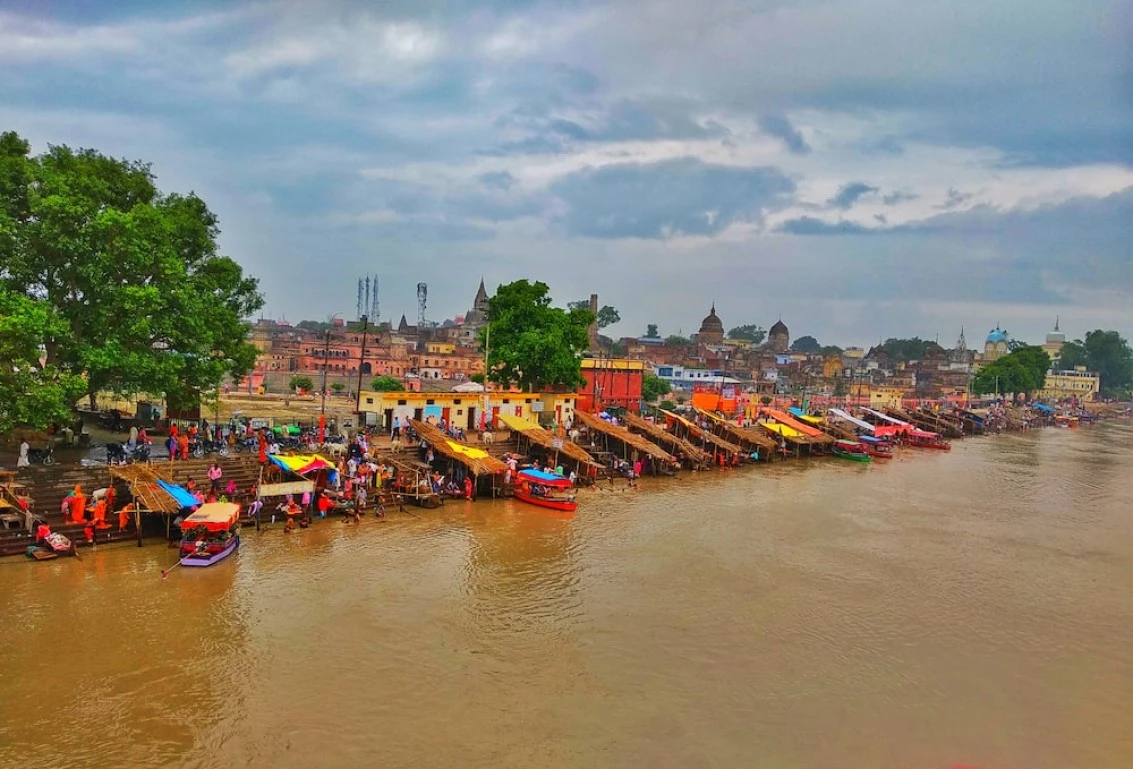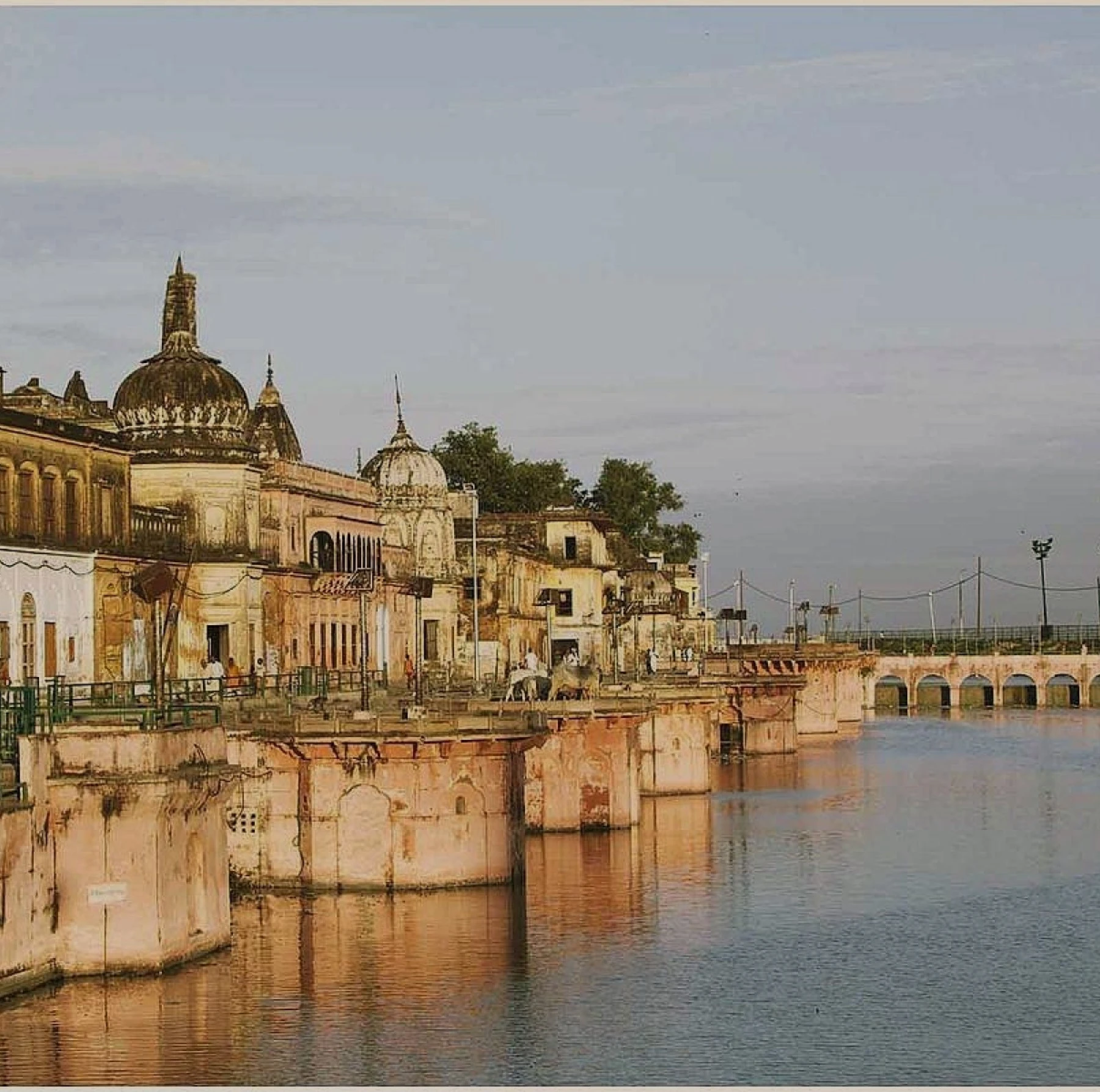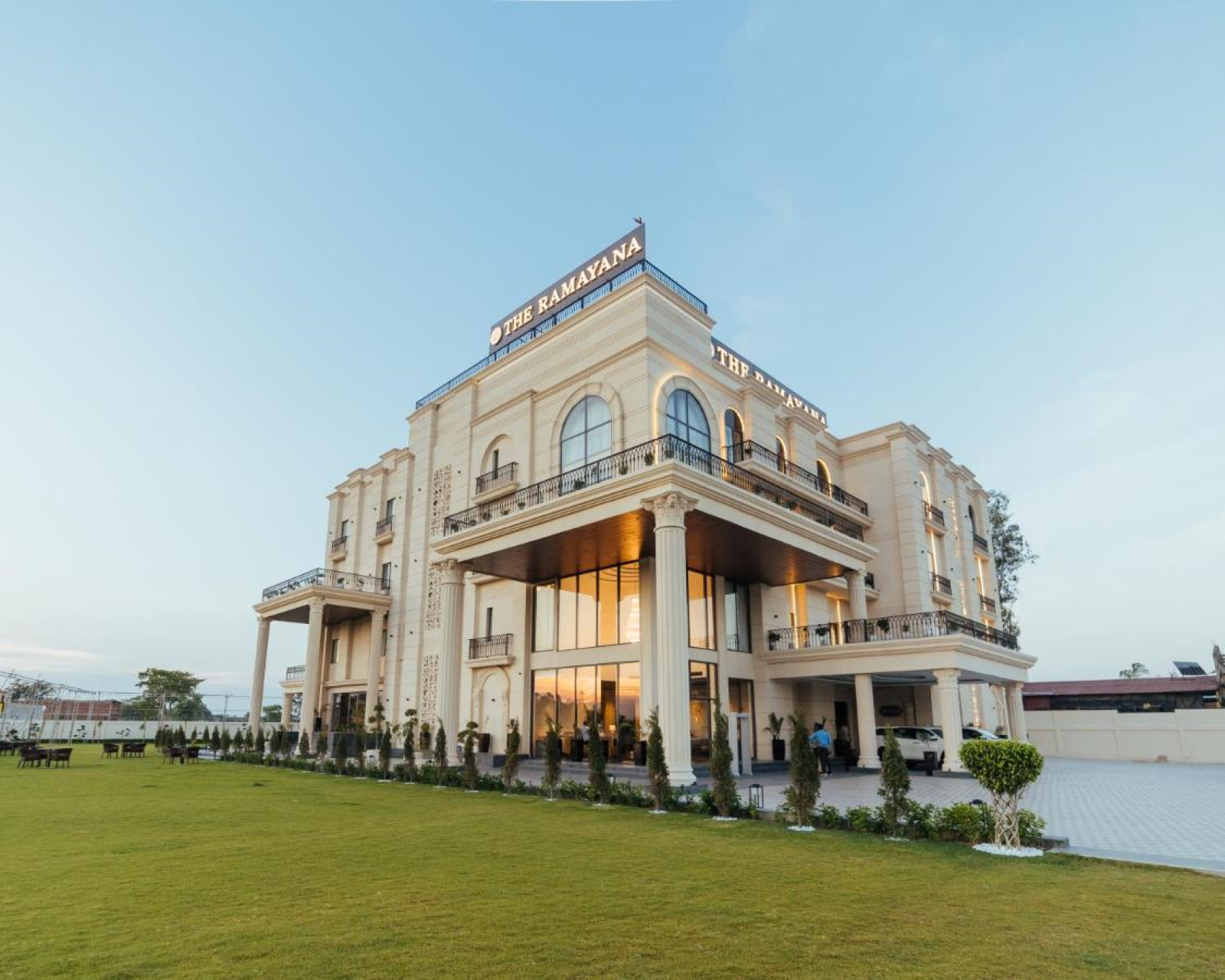Ayodhya, a city seeped in mythological and historical significance, is not just a pilgrimage destination but also a vibrant center of cultural festivities. Throughout the year, the city is alive with a variety of festivals and events that celebrate its rich heritage and traditions. This guide provides an overview of these celebrations, offering insights into their significance and the unique experiences they offer, ensuring visitors can fully immerse themselves in the festive spirit of Ayodhya.
Diwali in Ayodhya: The Festival of Lights: Diwali, the most celebrated festival in Ayodhya, holds a special place in the hearts of its residents and visitors alike. It commemorates the return of Lord Rama to Ayodhya after 14 years of exile, a story central to the Ramayana.
- Celebrations: The city is illuminated with countless lamps, and the banks of the Sarayu River witness a grand Aarti. Cultural programs and fireworks add to the festive atmosphere.
- Visitor Experience: Participating in the public events, enjoying the local cuisine, and experiencing the city’s transformation into a luminous wonderland is an unforgettable experience.
Key Points:
- Diwali celebrates Lord Rama’s return.
- Ayodhya is adorned with lights and decorations.
- Participate in Aarti and cultural events for a full experience.
Ram Navami: Birth of Lord Rama: Ram Navami marks the birth of Lord Rama and is another significant festival in Ayodhya, observed with great devotion and enthusiasm.
- Observances: Temples conduct special pujas and rituals, with the Ram Janmabhoomi temple being the focal point. Devotional music and chanting create a spiritually uplifting atmosphere.
- Cultural Events: Street plays, religious processions, and bhajan sandhyas (evening devotional songs) are organized, providing a glimpse into Ayodhya’s rich cultural tapestry.
Key Points:
- Ram Navami celebrates Lord Rama’s birth.
- Special pujas and rituals in temples.
- Engage in cultural events and processions.
Makar Sankranti and the Kite Festival: Makar Sankranti, a festival marking the sun’s transition into Capricorn, is celebrated with great fervor in Ayodhya. It also coincides with the popular Kite Festival.
- Activities: The sky is filled with colorful kites, and competitions are held. The banks of the Sarayu River become a hub of activity with local fairs and food stalls.
- Cultural Significance: The festival symbolizes joy and the spirit of renewal. Participating in kite flying and savoring traditional delicacies like til-laddoos offers a unique cultural experience.
Key Points:
- Makar Sankranti is celebrated with kite flying.
- Local fairs and food stalls add to the festivities.
- Symbolizes joy and renewal.
Navratri and Dussehra: Navratri, a nine-night festival dedicated to the Goddess Durga, culminates in Dussehra, marking the victory of good over evil, as epitomized by Lord Rama’s victory over Ravana.
- Celebrations: Theatrical enactments of the Ramayana, known as Ramlila, are performed, culminating in the burning of effigies of Ravana on Dussehra.
- Engagement: Visitors can witness the vibrant performances, participate in the nightly aartis, and join the local community in the celebrations.
Key Points:
- Navratri ends with Dussehra, celebrating Rama’s victory.
- Ramlila performances are a major attraction.
- Participate in aartis and community celebrations.
Conclusion: Ayodhya’s festivals and events offer a unique window into the city’s spiritual heart and cultural soul. From the grandeur of Diwali to the spiritual fervor of Ram Navami, the celebratory kite flying of Makar Sankranti, and the dramatic enactments of Navratri and Dussehra, these festivals are not just celebrations but a way of life that keeps the city’s ancient traditions alive. Visitors to Ayodhya during these times are treated to an experience that is as enriching as it is exhilarating.



